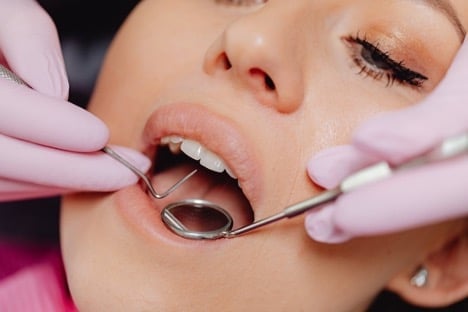One of the most common questions patients ask is, “How many visits are needed for a posterior root canal?” This concern is understandable, especially when the affected tooth is a molar or premolar—located at the back of the mouth and typically more complex than front teeth. While some cases can be completed in just one visit, most posterior root canals require two or more appointments to ensure the tooth is thoroughly cleaned, disinfected, and sealed. The number of visits depends on various factors, including the severity of the infection and the specific anatomy of the tooth.
Factors That Affect the Number of Visits:
Several variables determine how many visits are needed for a successful posterior root canal. Since molars usually have more canals and are more difficult to access, they often require additional time for treatment.
Key factors include:
- Number of root canals in the tooth (molars often have 3–4)
- Presence of infection or abscess that needs to be resolved
- Complexity of root anatomy, such as curved or narrow canals
- Availability of advanced technology, like 3D imaging and rotary tools
- Skill level of the dentist or endodontist
If your tooth has unusual anatomy or a severe infection, your dentist may prefer to complete the root canal over two or more visits to allow for proper healing and more thorough treatment.
What Happens in the First Visit?
During the first appointment, your dentist or endodontist will focus on diagnosing the problem and starting the cleaning process. In many cases, the majority of the infection is removed during this visit, which provides immediate pain relief for most patients.
Here’s what typically happens in the initial visit:
- Examination and digital X-rays to assess the tooth and root structure
- Local anesthesia to numb the area and prevent discomfort
- Opening of the tooth to access the infected pulp
- Removal of infected tissue and debris from the root canals
- Placement of medication inside the canals if the infection is severe
- Temporary filling to protect the tooth between visits
This step is crucial for stabilizing the tooth and preparing it for the final cleaning and sealing.
What to Expect in the Second Visit?
The second visit is typically focused on completing the cleaning process, shaping the canals, and permanently sealing the tooth. This step ensures that bacteria cannot re-enter the tooth and cause reinfection.
During the second visit, the dentist will:
- Reopen the tooth and assess healing progress
- Irrigate and disinfect the canals with specialized solutions
- Shape the canals to receive the filling material
- Fill the canals with gutta-percha, a biocompatible material
- Seal the opening with a temporary or permanent restoration
In most cases, this visit completes the root canal therapy unless complications arise or additional infection is found.
When a Third Visit Might Be Necessary?
While two visits are the norm, some situations may require a third appointment. This is particularly true for teeth with persistent infections or complications during the cleaning process. Your dentist will evaluate healing between visits to decide if an additional session is needed.
Reasons for a third visit can include:
- Persistent drainage or swelling that needs further medication
- Unusual root structures that take longer to clean thoroughly
- Difficulty accessing all canals, especially in molars
- Delayed crown preparation, which may be done in a separate session
- Additional X-rays or consultations with a specialist
The goal is to ensure the tooth is completely free of infection before permanent restoration.
Final Restoration and Follow-Up:
After the Posterior Root Canal is complete, your tooth still needs protection. Since posterior teeth endure significant chewing pressure, placing a dental crown is essential to restore full strength and function. This step is usually done during a follow-up appointment within a few weeks after the final root canal session.
Post-treatment steps include:
- Placement of a crown to prevent cracking or reinfection
- Evaluation of the bite to ensure proper alignment
- Oral hygiene instructions to keep the tooth healthy long-term
- Scheduled checkups to monitor healing and crown integrity
Delaying the crown placement increases the risk of tooth fracture or reinfection, so it’s important to follow your dentist’s recommendations closely.

